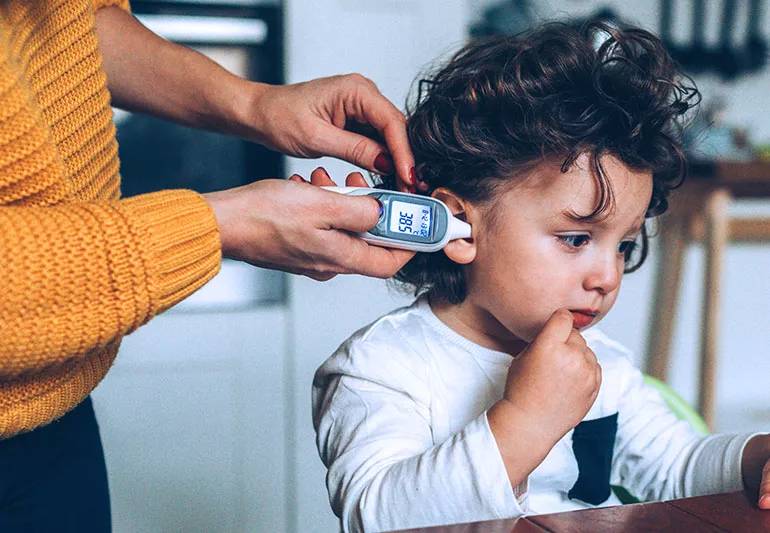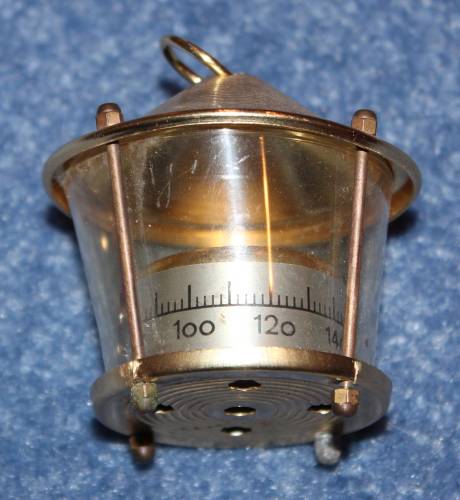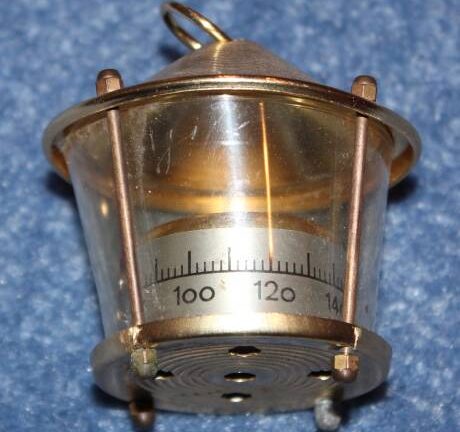Thermometers: A Device That Changed Everything
Imagine a world without thermometers—no way to measure the warmth of your coffee or check for a fever. The thermometer, a tool we often take for granted, has been crucial in shaping our understanding of temperature. Its journey from a rudimentary concept to a sophisticated instrument is a captivating tale of scientific ingenuity. Join us as we explore the incredible history and evolution of this essential device.
Early Attempts at Temperature Measurement
Long before digital displays and glass tubes, ancient Greeks and Romans were experimenting with temperature measurement. They used simple devices like the thermoscope, which relied on the expansion and contraction of air or liquids. These early attempts were fascinating but lacked precision and consistency. It was clear that humanity’s quest to understand temperature was just beginning.
The Mercury Thermometer
Fast forward to the 17th century, and we meet Daniel Gabriel Fahrenheit, a Polish physicist who revolutionized temperature measurement. In 1714, Fahrenheit introduced the mercury thermometer—a glass tube filled with mercury that expanded or contracted with temperature changes. This innovation offered unprecedented accuracy and reliability, setting a new standard in the field.
The Celsius Scale
Not long after, Swedish astronomer Anders Celsius introduced a groundbreaking temperature scale in the mid-18th century. His scale, initially reversed, was later refined to the familiar 0°C for freezing and 100°C for boiling. This new system made temperature measurement more accessible and standardized, paving the way for future scientific advancements.
19th Century Innovations
The 19th century was a hotbed of innovation:
- 1800: Alessandro Volta, known for inventing the battery, created the bimetallic thermometer. This device used two metals with different expansion rates to measure temperature changes, offering ruggedness and a wide temperature range.
- 1821: Thomas Johann Seebeck discovered the thermoelectric effect, which laid the foundation for thermocouples—devices that convert temperature differences into electrical signals.
- 1831: William Thomson, later known as Lord Kelvin, proposed the Kelvin scale, based on absolute zero. This scale became essential in scientific fields like thermodynamics and astronomy.
 Digital Thermometers
Digital Thermometers
The latter half of the 20th century ushered in the era of Digital Thermometers. These devices replaced traditional liquid-based methods with electronic sensors, offering instant readings and greater accuracy. Digital thermometers have become a staple in medical settings, homes, and industries, making temperature measurement simpler and more reliable.
Non-Contact Thermometers
In recent years, non-contact thermometers have made waves. Infrared thermometers, or pyrometers, use infrared radiation to measure temperature without touching the object. This technology is incredibly useful in industries like manufacturing and food safety, and it has transformed medical diagnostics, particularly for quick and hygienic temperature checks.
Modern Marvels
Today’s thermometers are indispensable across various domains:
- Healthcare: From monitoring fevers to managing health conditions, thermometers play a vital role in medical care.
- Industry: Ensuring equipment operates optimally and maintaining product quality relies heavily on accurate temperature measurement.
- Weather and Climate: Accurate temperature data is crucial for weather forecasting, agricultural practices, and climate research.
 A Brief Timeline of Thermometer Evolution
A Brief Timeline of Thermometer Evolution
- 5th Century BC: Ancient Greeks like Herodotus described early temperature-measuring devices used by Egyptians.
- 1st Century AD: Hero of Alexandria created a water-based thermoscope with a graduated scale.
- 16th Century AD: Inventors like Giovanni Battista della Porta laid the groundwork for more sophisticated temperature-measuring devices.
The Galileo Thermometer
One of the most intriguing devices is the Galileo thermometer. Although not invented by Galileo himself, his work inspired Vincenzo Viviani to create this decorative yet functional thermometer. It uses gas-filled floats to indicate temperature, combining aesthetic appeal with practical use.
20th Century Breakthroughs: Precision and Innovation
- 1927: Carl Anderson’s small and responsive temperature sensor thermistor transformed various fields.
- 1961: Otto Hahn and Fritz Strassmann contributed to developing Resistance Temperature Detectors (RTDs), known for their exceptional accuracy.
- 1967: The International Practical Temperature Scale (IPTS-68) provided a global standard for temperature measurement, ensuring consistency across different applications.
Smart and Infrared Thermometers
The late 20th and early 21st centuries brought smart and infrared thermometers into the spotlight. These devices offer real-time monitoring, wireless connectivity, and advanced features that enhance convenience and accuracy. Smart thermometers can now integrate with home systems, wearable technology, and even food safety applications.
The Future of Temperature Measurement
As technology continues to advance, the future of temperature measurement holds exciting possibilities. From non-invasive blood sugar monitoring to early disease detection, new innovations are on the horizon. The journey of the thermometer from ancient curiosities to modern marvels reflects humanity’s ongoing quest to understand and control our world.
The Thermometer’s Lasting Impact
The thermometer has come a long way since its early beginnings, evolving through centuries of innovation. Today, it stands as a testament to human ingenuity and a crucial tool in our everyday lives. As we look to the future, the thermometer will undoubtedly continue to adapt and evolve, helping us navigate the challenges of an ever-changing world.

